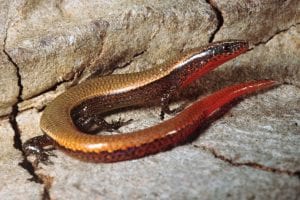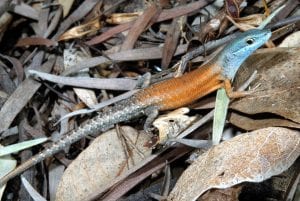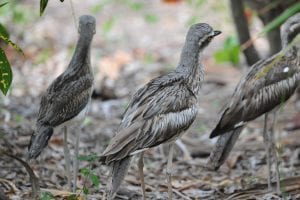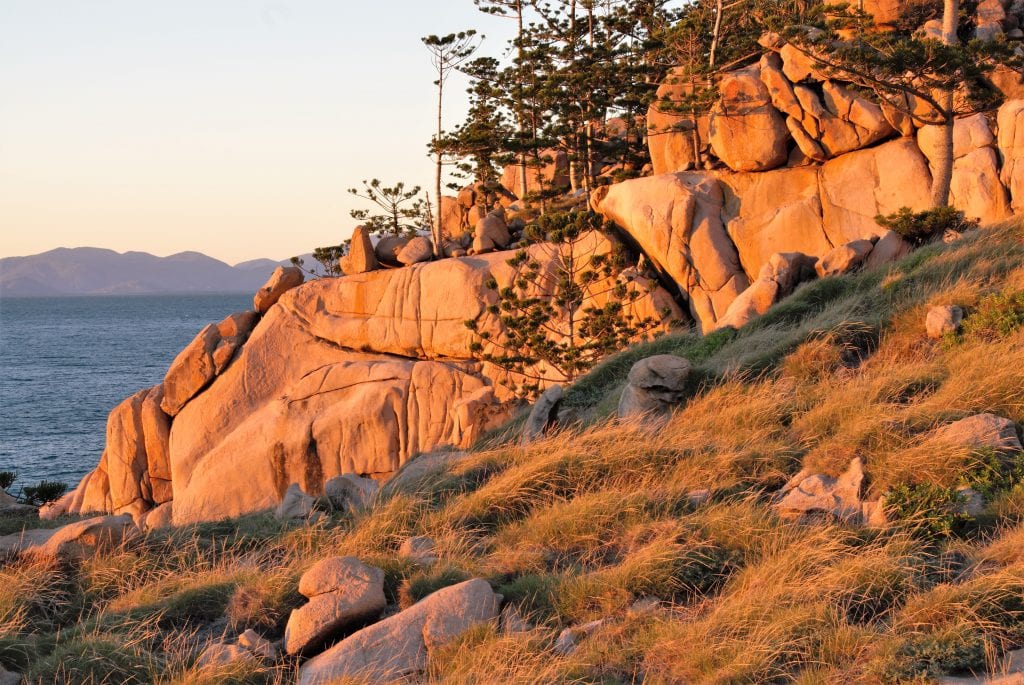Uncategorized
Magnetic Island National Park
With 90% of its roughly 50km2 covered in native vegetation, Magnetic Island holds great nature viewing opportunities. “Maggie”, as it is known, is a tropical, continental island separated from the mainland by 4.5km of shallow sea. The island’s fauna and flora is driven by its highly seasonal wet-dry climate and the underlying geology. The geology is dominated by granite boulder piles, with Mt Cook being the highest point at 497m. Magnetic Island has been separated from the mainland for about 8000 years. It receives much less rain than areas of the Wet Tropics to the north due to the angle of the mainland coast and predominant southeast trade winds. Around 80% of the island is protected as National Park, with few incursions such as roads or walking tracks.
Interesting geological and social history of the area
Magnetic Island has a long history of occupation and use by the Wulgurukaba people. Wulgurukaba means “canoe people”, who have a history of travelling between the mainland and Magnetic and other islands. The island contains faded rock paintings, some scattered stone tools and greasy blackened undersides of rock overhangs, probably from cooking fires, and shell middens scattered around the island.
Early post-colonisation history included a quarantine station for people suffering from leprosy; also tourism, horticulture and cattle grazing. The poor soil made horticulture difficult, and cattle grazing has long been abandoned. The extreme densities of common brushtail possums and allied rock-wallabies would also have been significant deterrents to viable production of crops, as they are to garden plants today. Common brushtail possums are at higher densities in Magnetic Island than anywhere else in Australia (McGregor et al. 2013). Tourism remains a major industry on the island.
Plants and Animals of Magnetic Island
The massive piles of granite boulders on the island combine with tall emergent hoop pines (Araucaria cunninghamii) to provide some spectacular scenery. In many situations there is an interesting combination of spinifex grass (Triodia stenostachya) and hoop pines – a combination of plants found in very few locations. Hoop pines are fire sensitive, and spinifex burns intensely because of the resins in the leaves and stems, so it seems like a fraught relationship.
Where fire can reach, there are few or no hoop pines and, depending on the underlying geology, the vegetation is usually dominated by eucalyptus, melaleuca or acacia woodlands or scrub. The rock boulders, small creeks and narrow gorges play an important protective role against fire, and many fire sensitive species can be found growing behind a large boulder or beside a creek, resulting in lowland semievergreen vine thickets. For example, the python tree (Gossia bidwillii) is fire sensitive, but “large” (30cm diameter), old (100s of years), gnarled trees can be found in these areas. The vine thicket communities can in turn shelter bird species that are often associated with rainforest, such as noisy pittas, russet-tailed thrush and emerald doves. It is likely that individuals of these species may be just passing by – the first known russet-tailed thrush to turn up on the island was notable by its likeclockwork daily 4:30am call, for a few eeks, before disappearing. A small area of dry basalt based forest on the western end of the island has vine thicket communities characterized by native bauhinia (Lysiphyllum hookeri) and emergent currajong (Brachychiton spp.), species found nowhere else on the island.

Notably, Magnetic Island has one endemic vertebrate, the Magnetic Island skink (Pygmaeascincus sadlieri) This species was only known from one specimen for over 20 years (Vanderduys 2005) despite it being very common in some locations, once you know how to find it.
Magnetic Island has one of the northern-most population of koalas (Phascolarctos cinereus). Koalas were introduced sometime around 1920 when it was thought they may go extinct in other areas. A recent census estimated there were 800 koalas on the island, and are regular visitors to urban backyards.

While there are no high-speed, venomous elapid snakes, possibly because there are few small native mammals except bats, and no dragons or goannas, small rainbow skinks (Carlia rubigo) are extremely common, as are saxicoline sunskinks (Lampropholis mirabilis) in rocky gullies. The latter are fascinating to watch as they are very curious, and, if you sit still, will eventually wander over and sniff your clothes or skin.
Magnetic Island is well known as a location for death adders (Acanthophis antarcticus). This species is most common in, or adjacent to, rocky areas, where its prey (almost entirely skinks) is common. The death adders are extremely docile, and disinclined to bite. Bites to humans are rare.
Birds of Magnetic Island
As with other fauna groups, bird communities on the island are notable for absences and of extreme abundance. Pied currawongs are common, and resident year round. There may be very little movement of currawongs between the island and mainland, because the currawongs have a dialect that is not known from elsewhere: many of their calls seem identical to other currawong calls, but their familiar duet, performed mostly around dusk is unique to Magnetic Island. For any other bird species to establish on the island it must be able to cope with these highly intelligent, year-round nest raiders. Currawongs have learnt to look under eaves for hanging pieces of string or wire, where olive-backed sunbirds often make their nests.
One of the few forces that might be moderating the currawong dynasty is nest parasitism. The channel-billed cuckoo visits the island each spring to look for a gullible foster parent for their offspring. By parasitising the nests of currawongs, currawongs are less able to raise young of their own.
Sulphur-crested cockatoos are another species which appear to have a unique dialect with a course, descending five note screech only heard on Magnetic Island. The year round presence of both sulphur-crested cockatoos and pied currawongs, and their subtly unique dialects suggests they may have been partially or totally isolated from mainland populations for a very long time.

There are other species that are extremely common. Bush stone curlews are so abundant that we prefer to call them Magnetic Island garden gnomes. The cry of curlews dominates the natural night time soundscape. The high density of curlews supports the local barking owl population, and much drama ensues when curlews young are beginning to be mobile adolescents. The parent curlews stand guard over their prone young, white-spotted wings outstretched.
Magnetic Island is a great place to find white-bellied sea-eagles, with at least 5 nests on the island. At Radical Bay on the northeast corner of the island, there is a white-bellied seaeagles eagle to the east, and a timeshare eastern osprey/nankeen kestrel/whistling kite nest to the west.
Watching the ospreys hunt is always interesting — but it’s heartbreaking to watch multiple catches being stolen by the white-bellied sea-eagles, which, with their much lower wing loading, are often successful in stealing fish with little more than a few initial wing beats, and a final dramatic dodging chase as it hones in on the fish-laden osprey.
The mudflats and sand beaches on the western edge of the island are also good places to see migratory waders, with at least a few eastern curlews, bar-tailed godwits, whimbrels, and grey-tailed tattlers being present year round, and a resident pair beachstone curlews on one beach behind the mangroves.
The semi-evergreen vine thickets in rocky gullies are the best places to see those forest birds than can survive the currawongs – rose-crowned fruitdoves, spectacled monarchs, grey and rufous fantails, varied trillers and emerald doves.
Finally, during winter the ferry trip is occasionally diverted by humpback whales, often a mother and calf. Not a bad excuse for being late to work.
References
McGregor, D. C., S. E. Kerr, and A. K. Krockenberger. 2013. The distribution and abundance of an island population of Koalas (Phascolarctos cinereus) in the far north of their geographic range. PLoS ONE 8:e59713.
Vanderduys, E. P. 2005. Additional information on Menetia sadlier, a poorly known skink from Magnetic Island, North Queensland Herpetofauna 35:54-60.

